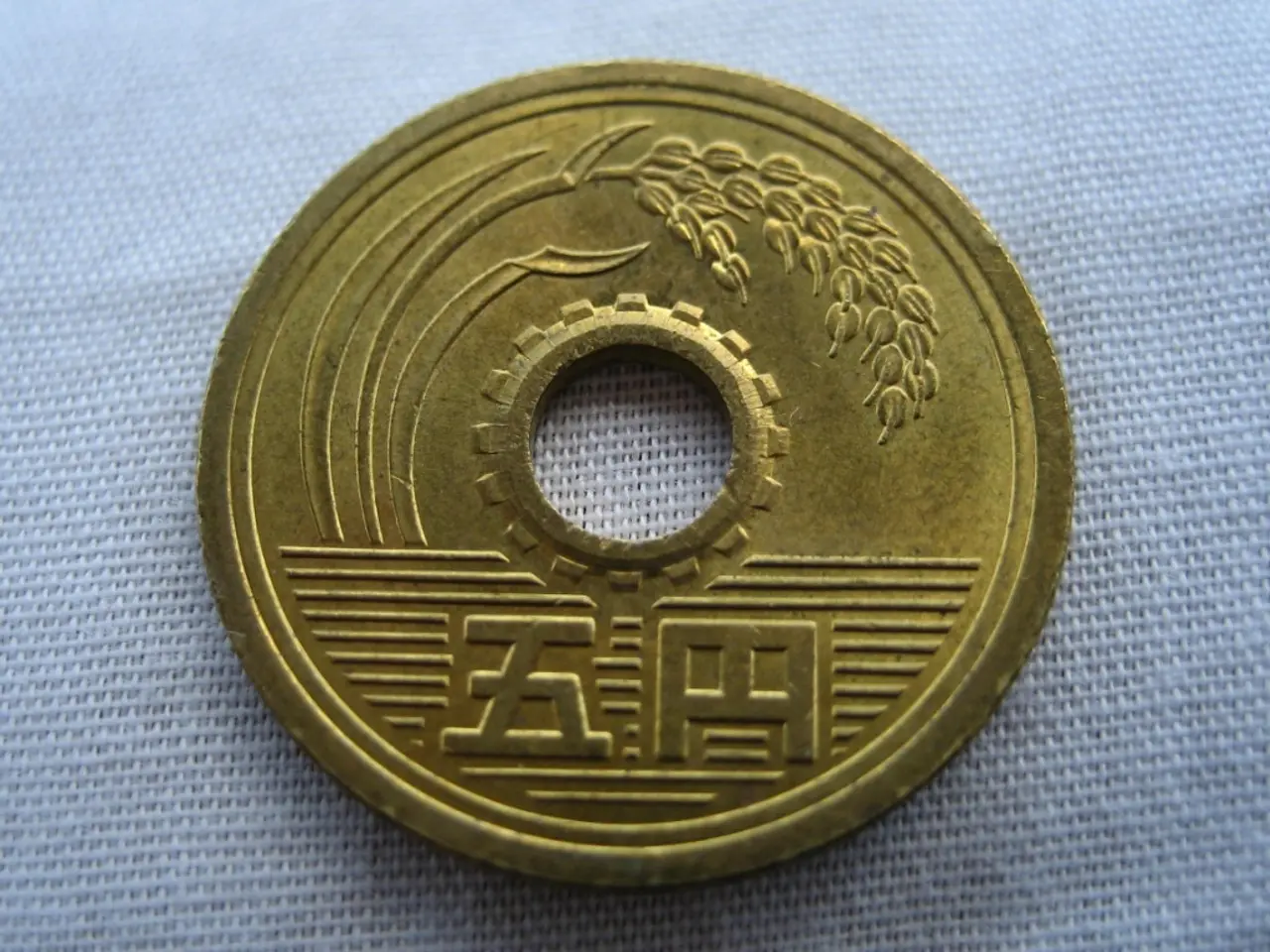Electronic waste goldmine: An innovative approach to extracting gold from discarded electronic devices
A groundbreaking study published in the prestigious journal *Nature Sustainability* introduces a novel, interdisciplinary approach to gold recovery from electronic waste (e-waste), promising significant improvements over traditional methods in both efficiency and environmental impact[1][2][3].
The innovative approach, led by Professor Justin Chalker from Flinders University and Dr Lynn Lisboa, an inorganic synthetic chemist at the institution, aims to provide effective gold recovery methods that lessen the impact on the environment and human health[2].
## Key Innovations from the Study
The method uses trichloroisocyanuric acid as a leaching agent to dissolve gold, replacing highly toxic chemicals like cyanide and mercury. This agent is also used for water disinfection, highlighting its safety and non-toxic profile[2][5]. A new, light-activated polymer sorbent was developed to efficiently bind and recover gold from the leaching solution, enabling high-purity gold extraction and recyclability of the reagent[1].
The technique is effective across different waste streams—electronic waste, mixed-metal waste, and ore concentrates—and is designed for integration with existing mining and e-waste recycling operations[1][2]. The international collaboration between researchers at Flinders University (Australia), the US, and Peru ensures its applicability and effectiveness in diverse global contexts[2].
## Environmental and Health Benefits
Traditional gold extraction relies on cyanide and mercury, both of which pose severe health risks to workers and can cause long-term environmental damage through soil and water contamination[3][5]. By eliminating toxic chemicals and enabling the recovery of gold from e-waste, the method reduces the need for environmentally destructive mining activities, such as deforestation and the creation of hazardous tailings ponds[3][4].
The approach enables the recycling and reuse of precious metals from discarded electronics, supporting a circular economy and reducing dependence on finite natural resources[2][4]. Safer reagents and processes mean reduced exposure to hazardous substances for workers in the gold recovery and recycling industries, leading to better occupational health outcomes[1][2].
## Comparison of Methods
| Feature | Traditional Method | New Nature Sustainability Method | |------------------------|-----------------------------------|-----------------------------------------| | Leaching Agent | Cyanide or Mercury | Trichloroisocyanuric acid | | Toxicity | High | Low | | Sorbent | Non-recyclable or less efficient | Recyclable, light-activated polymer | | Applicability | Ore, limited e-waste use | Ore, e-waste, mixed-metal waste | | Occupational Safety | Poor | Improved | | Environmental Impact | High (toxic waste, mining damage) | Low (less toxic, less mining needed) |
## Summary
The new method offers a safer, more sustainable alternative to traditional toxic extraction processes, with the potential to significantly reduce environmental damage, protect worker health, and promote global resource efficiency by turning electronic waste into a valuable source of gold[1][2][3]. The team plans to collaborate with mining and e-waste recycling operations to trial their method on a larger scale.
The interdisciplinary study led by Professor Justin Chalker and Dr Lynn Lisboa applies environmental-science principles to harness the power of technology, as they develop a gold recovery method from electronic waste that integrates health-and-wellness concerns and focuses on the use of a non-toxic leaching agent [1][2]. This advances the field of science by promising a solution that addresses both environmental pollution issues and human health risks associated with traditional gold recovery methods.




